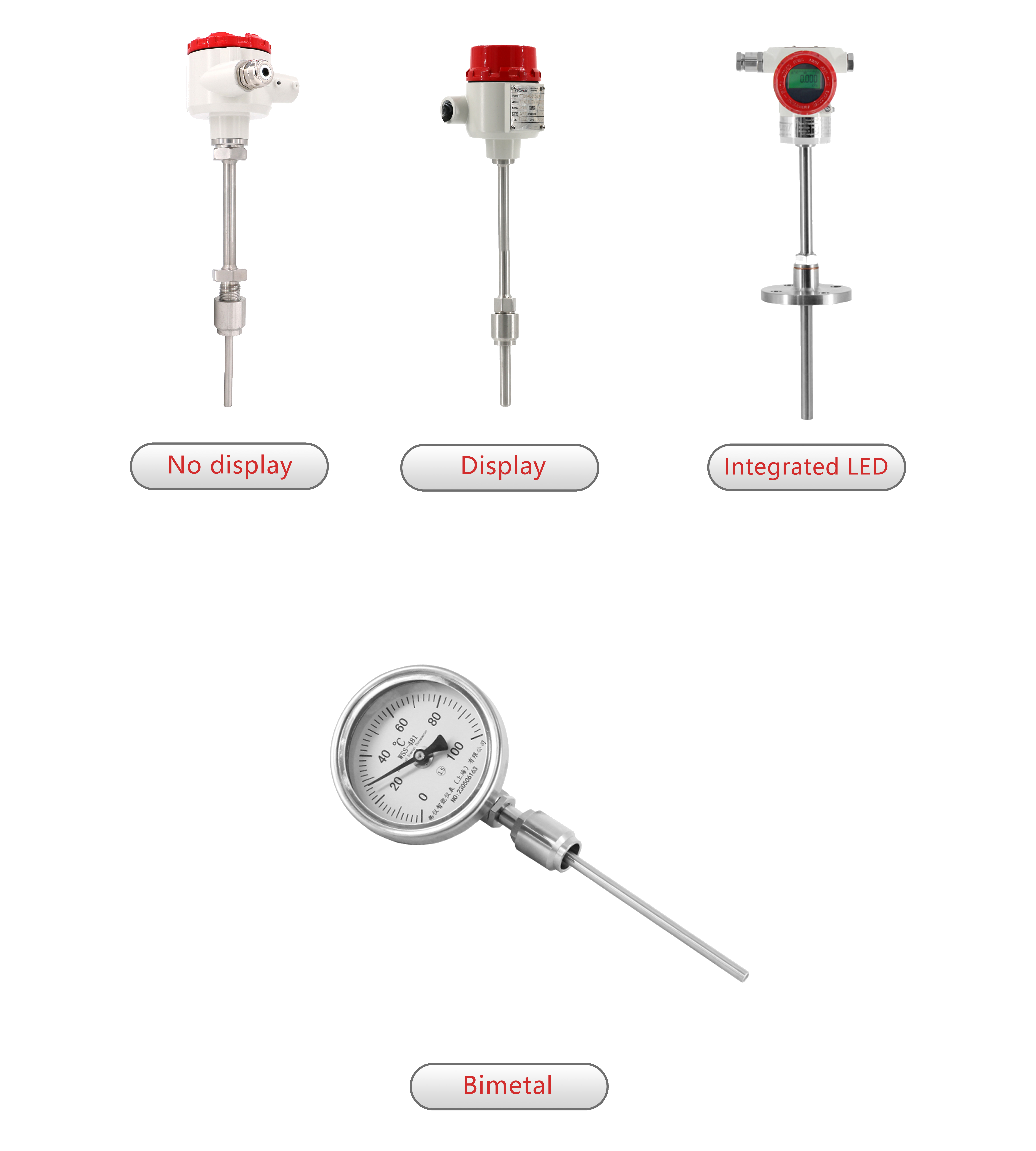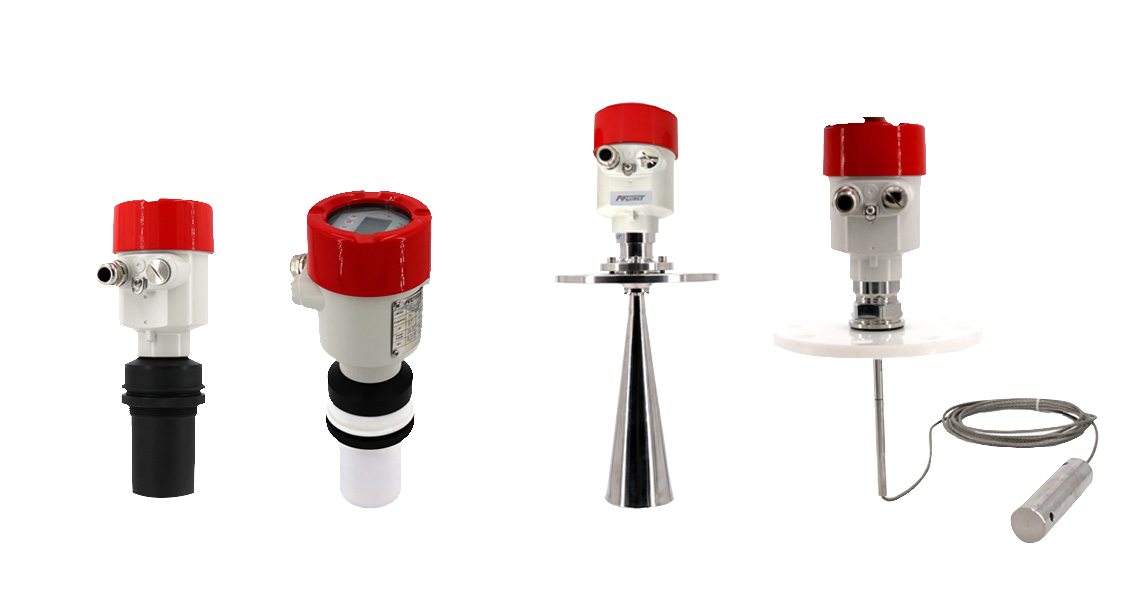Temperature Transmitters
Temperature transmitters are sophisticated devices designed to convert input signals from temperature sensors, such as thermocouples or RTDs, into standardized output signals, typically 4-20 mA or digital protocols. As one of the best temperature transmitters manufacturers, Fvluoky's instruments play a crucial role in process industries by ensuring accurate, reliable temperature measurements for monitoring and control purposes, enhancing system efficiency and safety.
How Does Temperature Transmitters Work?
Temperature transmitters work by converting the low-level signals from temperature sensor transmitter into higher-level standardized signals that can be easily interpreted and used by control systems, displays, or other equipment. The process involves several key steps:
By performing these functions, temperature transmitters ensure accurate, reliable temperature measurement and communication in a wide range of industrial applications, from manufacturing processes to energy production and beyond.
Signal Reception: The transmitter receives a signal from a temperature sensor. This sensor could be different types of thermocouples, a Resistance Temperature Detector (RTD), or a thermistor, each generating a signal that varies with temperature. Thermocouples produce a voltage that changes with temperature, while RTDs and thermistors change their resistance.
Signal Conversion: The raw signal from the sensor is usually weak and can be affected by noise, especially over long distances. The transmitter, manufactured by a temperature instruments company, amplifies this signal and converts it into a more robust form. For analog transmitters, this typically means converting it into a 4-20 mA current signal, where 4 mA represents the lower end of the temperature range and 20 mA represents the upper end. Digital temperature transmitter might convert the signal into a digital protocol such as HART, Fieldbus, or WirelessHART.
Linearization: The relationship between temperature and the sensor’s output (voltage for thermocouples, resistance for RTDs and thermistors) is not always linear. Temperature sensor and transmitter often incorporate linearization functions to correct for this, ensuring the output signal accurately represents the temperature.
Temperature Compensation: Temperature transmitters also compensate for changes in ambient temperature that might affect the sensor’s signal. This ensures that the transmitter’s output remains accurate even if the temperature around the sensor or the transmitter itself changes.
Signal Transmission: Finally, the transmitter sends the standardized signal to a control system, display, or other devices. This signal can be used for monitoring, controlling a process, or triggering alarms if temperatures go beyond specified limits.
What Is The Difference Between A Thermometer And A Temperature Transmitter?
Thermometers and temperature transmitters are both crucial in measuring temperature, but they serve different purposes and operate in distinct ways. Understanding their differences is key to selecting the appropriate device for a specific application. Here’s a breakdown of the main differences:
1. Functionality:
Thermometer:
A thermometer directly measures temperature and provides a local display or an indication of the temperature. It can be a simple, standalone device that uses mercury, alcohol, or a bimetallic strip for analog readings, or it might be digital, using sensors like thermistors.
Temperature Transmitter:
A temperature transmitter does not measure temperature directly. Instead, a temperature transmitter with display receives a signal from a temperature sensor (such as a thermocouple or RTD) and converts this signal into a standardized output (usually a 4-20 mA current signal or a digital signal) that can be transmitted over long distances to control systems or monitoring equipment.
2. Signal Processing and Transmission:
Thermometer:
Generally, thermometers do not process or transmit signals. As one of the best temperature transmitters manufacturers, Fvluoky's thermometers provide a local reading that must be manually observed.
Temperature Transmitter:
Temperature transmitters process the signal from the temperature sensor, often amplifying it, linearizing it (making the relationship between temperature and output signal linear), and compensating for any signal loss or environmental factors. They then transmit this processed signal to a remote system for monitoring, control, or further processing.
3. Application and Integration:
Thermometer:
Thermometers are widely used for simple, direct temperature readings in a variety of settings, from medical applications to household, laboratory, and industrial environments. Both bi-metallic thermometers and other specialized types of thermometers can meet these needs. They are typically used when local readings are sufficient.
Temperature Transmitter:
Temperature transmitters are used in more complex industrial processes where temperature data needs to be integrated into a control system for process monitoring, control, or safety purposes. They are essential in applications where remote monitoring and precise temperature control are required.
4. Accuracy and Reliability:
Thermometer:
The accuracy and reliability can vary widely depending on the type of thermometer and its quality. Some high-precision digital thermometers offer high accuracy.
Temperature Transmitter:
Temperature transmitters, especially when paired with high-quality sensors, can offer very high accuracy and reliability. Temperature sensor transmitters are designed to provide consistent, repeatable measurements even in harsh industrial environments.
In summary, while both devices are related to temperature measurement, thermometers are primarily used for direct, local readings, and temperature transmitters are used for processing and transmitting temperature data from sensors to control systems or monitors, often over long distances and in complex industrial settings. If you need high-quality instruments, Fvluoky, a trusted temperature transmitters manufacturer, offers solutions tailored to your requirements.

 Smart Pressure Transmitters
Smart Pressure Transmitters




















